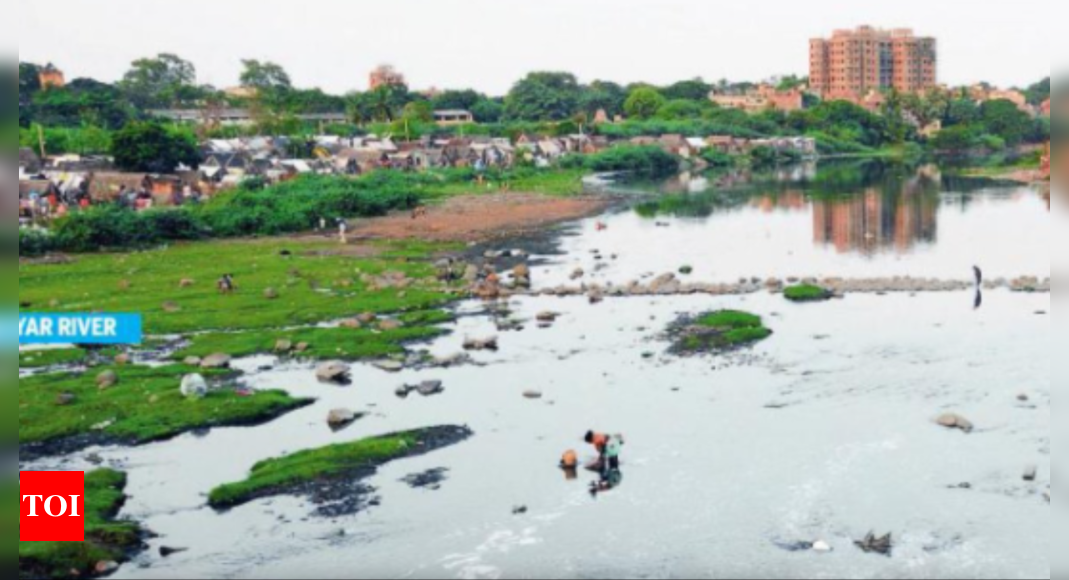The state government of Chennai has unveiled a ₹4,227 crore project to restore the Adyar river. The project aims to improve the water quality and level of the river, which has been heavily polluted over the years. As part of the restoration efforts, sewage treatment plants will be constructed to prevent direct sewage outfalls into the river. Additionally, riverside parks and walkways will be developed to enhance the aesthetics of the riverbanks and provide recreational spaces for the public.
The project is set to begin in four months and will be implemented by Metro Water, the state’s implementing agency. To carry out the restoration work, a consortium consisting of Mumbai-based Khilari Infrastructure Private Limited and Chennai-based P&C Projects Private Limited has been awarded the contract. The consortium will be responsible for restoring, maintaining, and managing the river for a period of 30 years.
The construction work is expected to take 30 months to complete. During this time, various activities such as the construction of sewage treatment plants, development of riverside parks and walkways, and improvements to the water level and quality will be undertaken. The project aims to bring the Adyar river back to life and make it a thriving ecosystem.
In the state budget for 2024-25, finance minister Thangam Thennarasu allocated ₹1,500 crore for the restoration of the Adyar river. This amount covers the capital cost of the project, while additional funds will be used for the energy, operation, and maintenance of the infrastructure. To facilitate the funding, monitoring, and coordination of the restoration, a new special-purpose vehicle called Chennai Rivers Transformation Company Limited has been established. The Chennai Rivers Restoration Trust will continue to serve as the nodal agency for the restoration of not only the Adyar river but also other rivers and canals in the region.
The restoration project follows a public-private partnership model, which is expected to be a game changer. The funds will be released to the concessionaire based on the satisfaction of 14 key performance indicators, ensuring that the project is executed with efficiency and effectiveness. This approach will also streamline the work done by different departments, as a single agency will be responsible for the restoration of the river.
Some of the key performance indicators include the prevention of untreated sewage discharge into the river and the maintenance of water quality as per Central Pollution Control Board standards. This includes parameters such as dissolved oxygen, free nitrogen, biological oxygen demand, and pH levels, which must meet specific requirements. The project involves the construction of fourteen sewage treatment plants with a total capacity of 110 MLD (million litres per day) at various locations along the river. Additionally, four riverside parks and walkways will be created along the river banks to provide recreational spaces for the public.
Over the years, there have been multiple attempts to restore the Adyar river, with significant funds allocated for this purpose. Despite these efforts, a detailed feasibility report by Metrowater, the state’s water supply and sanitation board, revealed the poor condition of the river. The Adyar river is currently considered dead between Anakaputhur and Kotturpuram due to low dissolved oxygen levels, which are harmful to aquatic life.
To ensure the quality of work, Metrowater will appoint an independent engineer through a tender process. This independent engineer will monitor and evaluate the progress of the restoration project, ensuring that the work is carried out to the highest standards.
The project is seen as a significant step towards the restoration of the Adyar river and the preservation of the region’s environment. It is hoped that the implementation of the project will lead to the revival of the river and the creation of a sustainable ecosystem for both humans and wildlife.
To read more about this project, please click on the link below:










